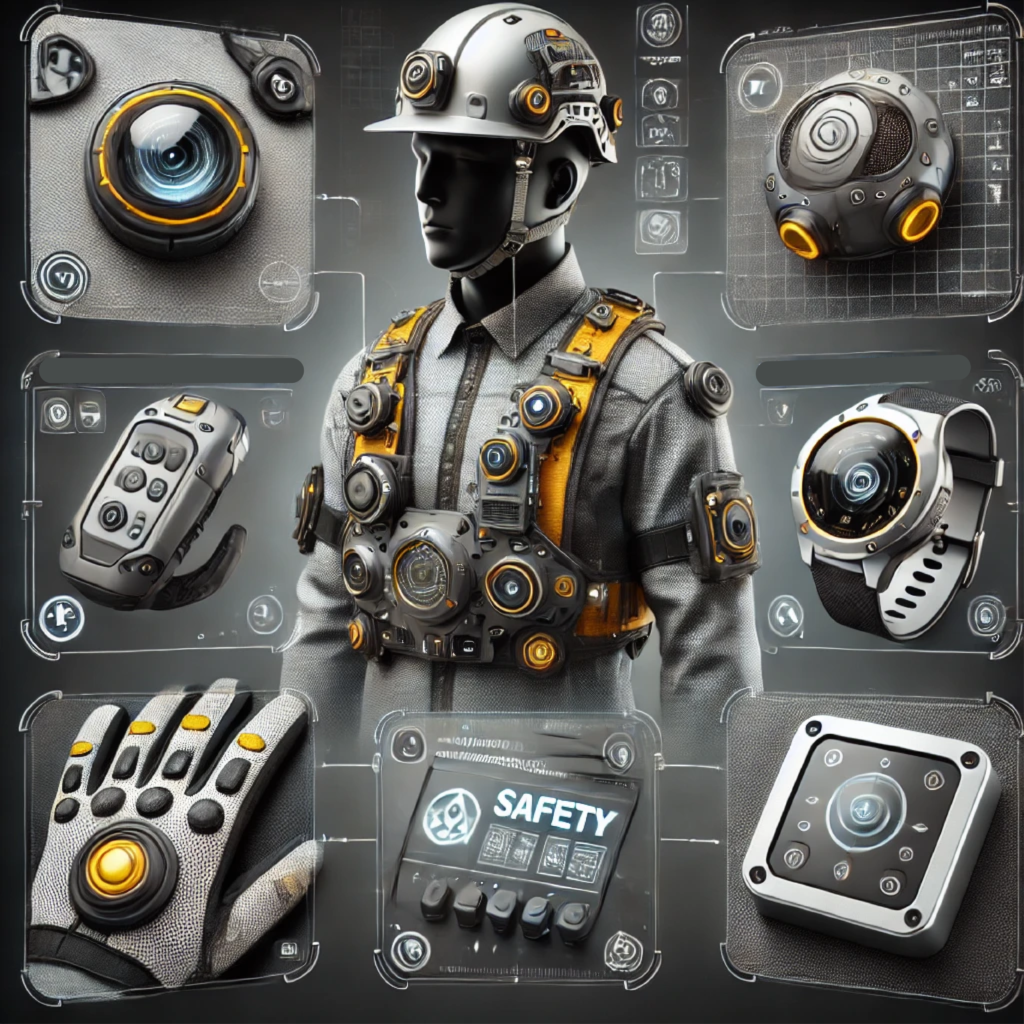
Implementing Smart Sensors for Real-Time Safety Monitoring
Introduction
There is an importance placed on work place health and safety in such industries as manufacturing, oil and gas and construction. Organizations can now monitor safety conditions in real time due to IoT enabled smart sensors changing the all round risk management and incident detection processes. Since these sensors can identify threats at an earlier level than they would pose a higher risk, they can be placed within the environment or even on the vest, and used for predictive safety. This article looks at how smart sensors are affecting workplace safety using real-world scenarios and possible ways of deploying smart sensors.
How Smart Sensors Enhance Workplace Safety
Due to their capability of collecting and analyzing data as they happen, smart sensors are critical in risk mitigation. These connected sensors include physiological sensors, where parameters such as temperature or pulse can be measured, and environmental sensors where parameters like pressure, temperature or gas can be measured. Immediate actions and risk assessments based on the collected information significantly decrease the incidence of accidents in connection with environmental threats, machinery malfunctioning or hazardous contact. For example, sensors monitor selected changes such as fluctuation of temperature or gas concentrations of factories that deal with chemicals. The workers are alerted on sight of abnormalities that may pose danger to their lives hence be in a position to minimize on possible incidences of health complications.
Key Benefits of Real-Time Smart Sensors
- Proactive Hazard Detection: Since smart sensors monitor the condition of equipment and the environment, they notice abnormalities at an early stage. For instance, sensors in production plants detect system breakdowns or the presence of flammable gas, which may cause possibly fatal episodes.
- Predictive Maintenance: This technique predicts when equipment is likely to fail by employing sensor information. As is seen with temperature, vibration and wear sensors for example in smart manufacturing, which not only reduces time of machine idling, but also averts some of challenges posed by unforeseeable machine failure.
- Improved Worker Safety with Wearables: Smart sensing wears that capture the position and physiological information are incorporated on gloves, helmets and vests. For example, such gadgets can detect when the employees are in physically straining positions or in risky areas in constructions and alert the employees, or supervisors of the impending danger.
Case Study: Smart Sensors in Manufacturing Safety
An example of industrial facility monitor air quality by smart sensors are used for measuring air quality in continuous cycle, focus on significant hazard gases such as CO and H2S. When pressure levels went above safe standards, this system which was integrated into the plant’s IoT network, allowed on-site and off-site personnel to act quickly by sending alerts on pressure levels in real time. Due to the teams gaining the ability to ventilate or evacuate locations before risks increased, there was a reduction of the number of hazardous events by 30 percent. This shows how integrating IoT based sensors would be relevant to places where chemical exposure is a issue.

Steps to Implement Smart Sensors for Workplace Safety
- Evaluate Workplace Needs: Choose zones and parameters that may be hazardous to workers, for example, temperature, worker fatigue or air quality.
- Pick the Right Sensor Technology: Thus, choose sensors that will fit the atmosphere of your office properly. For instance, select wearables with biometric sensors in construction sites or gas-measuring gadgets in the chemical workplace.
- Integrate with IoT Systems: In order to allow for centralized monitoring as well as data analysis make sure that your smart sensors can connect to an IoT network. The application of cloud solutions makes it possible to archive and to share data in real time.
- Train Your Staff: Provide employees with the necessary knowledge to manage the upkeep of the sensor equipment and to respond to notifications.
- Monitor and Enhance: Assess the capability of sensors periodically and analyse the collection of data to make safety change periodically.
Challenges and Considerations
Even though there are many advantages, there are drawbacks to using smart sensors:
- Cost: While installing these structures and systems might be expensive at first, it is often justified by reduced numbers of accidents and higher levels of productivity.
- Cybersecurity: In order to protect the network from vulnerabilities, IoT devices require safe data standard, especially if it deals with personal information such as health parameters of the company’s employees.
- Data Overload: As data stream continuously, businesses might end up with over flooding of data, which can be problematic. It is possible to prioritize actionable findings through analytics systems Investment.
Conclusion
Smart sensors offer protective workplace safety by making continuous and planned responses possible through measures based on real-time analysis. Companies are likely to expect enhanced safety and better employee responses at work places as industries adopt wearables and IoT. While these technologies could be integrated, there seems to be remarkably high-risk implication; however, with the right approach and proper training, firms can significantly reduce such risks and enhance the safety of their employees.
Suggested Resources
- Applying Sensor-Based Technology to Improve Construction Safety Management 2017 https://ouci.dntb.gov.ua/en/works/lmJRL6D9/
- Automatic Recognition of Construction Worker Activities Using Deep Learning Approaches and Wearable Inertial Sensors 2023 https://doi.org/10.32604/iasc.2023.033542
- EVALUATION OF WEARABLE SENSORS TO QUANTIFY CONSTRUCTION WORKERS MUSCLE FORCE: AN ERGONOMIC ANALYSIS 2018 https://www.informs-sim.org/wsc18papers/includes/files/349.pdf
